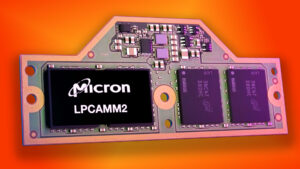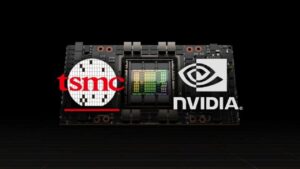Introduction:
The global chip war has emerged as a pivotal battleground between the United States and China, with semiconductors at its core. These tiny chips, made from silicon and composed of millions or billions of transistors, have become the backbone of modern technology, powering everything from household appliances to cutting-edge defense systems. As the importance of semiconductors became apparent during the COVID-19 pandemic, both nations realized their reliance on Taiwan, the world leader in semiconductor manufacturing. This realization has triggered an escalation of tensions, leading to restrictions on exports and strategic moves to secure supply chains. In this blog, we will explore the significance of semiconductors, the reasons behind the chip war, and the role Taiwan plays in the semiconductor industry.
Understanding Semiconductors: The Building Blocks of Modern Technology
Semiconductors, often referred to as microchips or integrated circuits, are the unsung heroes of the modern world. Composed of silicon, these tiny chips contain millions or even billions of transistors that act as miniature electrical switches, processing data in various electronic devices. From smartphones and computers to cars and advanced data centers, semiconductors play a crucial role in powering our daily lives.
The Emergence of the Chip War: A Confluence of Factors
The chip war gained momentum during the COVID-19 pandemic, which disrupted the global microchip industry. With factories shutting down and demand for laptops and computers surging due to remote work arrangements, the world witnessed a severe semiconductor shortage. As tensions between the US and China had already been escalating over trade and technology disputes, the chip crisis further exacerbated the situation.
Read more: America’s struggle for semiconductor dominance
Taiwan’s Ascent to Semiconductor Supremacy
While the US dominated the semiconductor industry after World War II, stiff competition from East Asian rivals prompted a shift in strategy. During the 1990s, the US offshored semiconductor manufacturing to countries like Taiwan and South Korea, leveraging their cheaper labor to regain competitiveness. This gave rise to Taiwan Semiconductor Manufacturing Company Limited (TSMC), founded by Morris Chang in 1987. With TSMC’s relentless improvement in manufacturing processes and strong relationships with American chip designers, the company now commands over 55% of the global market for contract chip fabrication. Additionally, TSMC produces approximately 90% of the most advanced processor chips used in cutting-edge technologies.
Geopolitical Implications: Why Semiconductors are at the Center of the Storm
The global chip shortage exposed the world’s dependence on Taiwan, which produces more than 60% of semiconductors globally and over 90% of the most advanced ones. This realization raised concerns about Taiwan’s contested status, with China claiming it as a “renegade province.” An invasion or blockade of Taiwan by China could have dire consequences, disrupting the supply of semiconductors worldwide.
The US-China Battle for Technological Dominance
Beyond economic implications, the chip war is closely tied to military and technological ambitions. China aims to become a “world-class” military by 2049, heavily reliant on microchips for developing autonomous weaponry and AI applications, including electronic warfare. The US, recognizing the importance of advanced chips in military and intelligence systems, seeks to limit China’s access to cutting-edge chip technology.
Escalating Tensions: Export Restrictions and Strategic Investments
To counter Chinese ambitions, the US and its allies have imposed restrictions on high-tech machinery shipments to China while bolstering domestic semiconductor manufacturing. The landmark CHIPS and Science Act, providing $280 billion in funding for semiconductor research and production, underscores the US’s commitment to retaining its technological edge.
Conclusion:
The chip war between the US and China has highlighted the critical role semiconductors play in the global economy and geopolitics. As the demand for microchips continues to surge, securing a stable supply chain has become paramount for nations seeking to maintain their technological supremacy. Taiwan’s emergence as a semiconductor leader has placed it in a pivotal position, with implications that stretch far beyond its borders. As the chip war rages on, the future of the global technology landscape hangs in the balance, with each move and countermove shaping the course of international relations.




